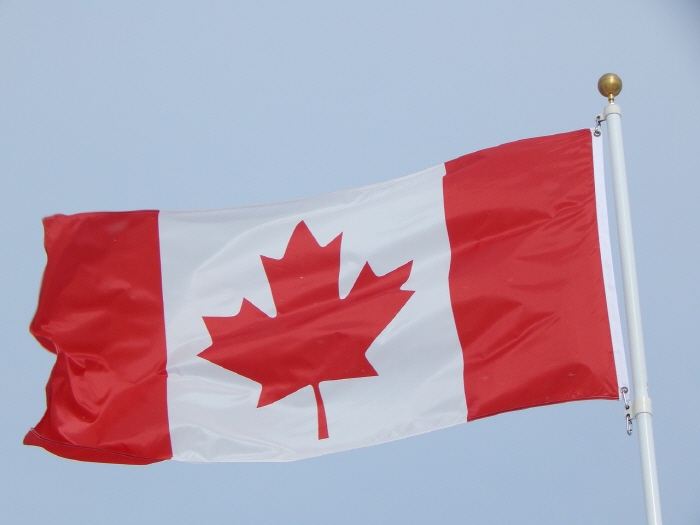Canadian inflation picked-up in December to 1.6% year-on-year (from 1.4% in November), but remained below the Bank of Canada's 2% target. The increase in headline inflation largely reflects the fading impact of lower energy prices. The energy index was down -3.6% versus last December, but had been as low as -13% earlier this year.
The rise in consumer prices in December was observed across all major components, with food and shelter contributing the most to the increase on a year-over-year basis. The gasoline index declined at a much weaker pace in December, helping to push the transportation index to its first year-over-year increase in 13 months.
In contrast, inflationary pressures in core, which excludes the eight most volatile components (including energy), eased slightly to 1.9% y/y from 2.0% in November. Inflation for the highly weighted overall services index weakened marginally to 1.7% y/y. Inflation in services has been cooling for the past year, likely reflecting excess capacity in Canada. In contrast, the services price index has been rising at a 2.9% clip in the U.S.
Relative to November, inflation ticked higher in most provinces, with the Prairies being the exception. British Columbia marked the highest overall inflation rate in the month, as gasoline prices in the province recorded the first increase since June 2014.
Canadian inflation in 2015 was relatively subdued at 1.1%, as the disinflationary impact of energy prices, particularly retail gasoline prices, helped to offset underlying inflation in core items of 2.2%.
"We anticipate that Canadian headline inflation will rise to 1.6% in 2016 as the disinflationary impact of low energy prices diminishes. Our outlook on both headline and core inflation through 2017 remains consistent with the updated profile released by the Bank of Canada this week", says TD Economics.
The outlook for total and core inflation within the Bank of Canada's January Monetary Policy Report did not deviate from the October report. Nevertheless, the report highlighted the fact that the typical historical pass through of lower oil prices to gasoline had not materialized during this oil price decline likely a consequence of higher than average refinery margins and the depreciation of the Canadian dollar.
Traditional and social media have done a fantastic job highlighting the rising cost of imported goods, particularly produce, as the Canadian dollar weakened relative to the greenback. Due to the high amount of seasonal variation, food prices are very volatile and therefore stripped out of the trend measures of inflation monitored by the Bank of Canada. While fresh produce has seen annual price increases in the low double digits in the last few months, their total weight in the average Canadian household's basket is less than half that of gasoline - the price of which has declined about 25% since June 2014. That being said, rising import prices will continue to put pressure on already tight household budgets for many Canadian households in 2016, as the lagged effect of the Canadian/US exchange rate depreciation feeds gradually through to prices.



 Gold Prices Fall Amid Rate Jitters; Copper Steady as China Stimulus Eyed
Gold Prices Fall Amid Rate Jitters; Copper Steady as China Stimulus Eyed  FxWirePro: Daily Commodity Tracker - 21st March, 2022
FxWirePro: Daily Commodity Tracker - 21st March, 2022 































